Four days in wine country at the posh Calistoga Ranch which is pretty much California New Age Heaven on Earth, legal seminars for the wife, arranged dinners and tastings in wine caves for entertainment/networking… to me all that meant one thing: how many other things I want to try can I squeeze in around the planned activities? Stand in line for two hours to get into Mission Chinese or Swan Oyster Depot? No, probably not. Hit Tartine on the path between the airport and I-80 to Napa, Thursday evening? Yes:
Those are ham rolls— or prosciutto rolls more likely— but we didn’t actually have them, that was just the best picture I took in line. Still, it gives some idea of the quality of baked goods at this well-known, cookbook-writing place, darkly-baked flakey crusts shedding a shower of crumbs with every bite. You can’t buy bread there just by walking in— there’s an elaborate, hilarious system by which you order it three days in advance and pick it up after 4:30 on The Day of Baking— but we stocked up on pastries, all excellent, and ordered a couple of sandwiches which seemed overpriced until you got them and they were on such a massive loaf that they made up three sections, each big enough to pass as a sandwich on its own. The place fit my preconception of San Francisco to a T— excellence in the product somehow going hand in hand with a sort of shaggy-haired, spaced-out chaos in which dozens of people seemed to be wandering randomly in and out of the baking area to chat, and no one occupying a seat seemed to have anything resembling a “job” or “somewhere they needed to be.”
On to Napa, and our wine cave-based activities continued until Friday night. We wanted a reasonably laidback dinner and the recommendation I got, for a porky, easy to like place— a Napa answer to Nightwood, say— was Farmstead in St. Helena.
It was a bit more cartoonish than its Chicago equivalent would be— big farm implements hanging from the ceiling, and the waitress looked to be dressed for a more upscale version of the WLS Barn Dance— and it did nice enough versions of good artisanal porky and local vegetable-y food without replacing the best such Chicago places in my heart.
We needed to have something more casual that night, because we had much more ambitious plans for the next day’s lunch:
We were the envy of others dining at Press or Cindy Pawlcyn’s with our coveted The French Laundry reservation. How did we manage it? Well, my wife explained, Mike knows a guy… I was at lunch with a well-known Foodie and asked him where I should go in Napa. He said, are you going to The French Laundry? I said, yeah right, like I thought to be up at 6 am making the call three months ahead, or whatever you do. He said, let me make a call. And sure enough, we had a reservation for two for lunch on Saturday.
My first thought upon entering the restaurant and being seated downstairs was that I understood better why Keller’s and Trotter’s restaurants were the yin and yang of models to follow for our own leading chef, Grant Achatz, in his early years. They are similar in many ways that make them different from restaurants people open now— from the old house setting with (inconvenient during service) stairs, to the copper pots displayed in the kitchen, they both had a feeling of being twenty-some years old as Alinea, approaching 10, certainly does not (even though it too has stairs and sprawls over multiple rooms in a much more modern space). But more than that, it faces the challenge of having been so influential that you feel like you’ve eaten at The French Laundry before you even sit down to eat at The French Laundry. Could it live up in 2013 to still being top dog in a world it made, as Trotter’s ultimately did not? The meal started with some valedictory courses, dishes that everyone coming there expected to see the way visitors to Orlando expect to see Mickey and Cinderella. We started with the cornet of tuna tartare that looks like an ice cream cone (The French Laundry Cookbook, p. 6) and a gougere (p. 47), we had Oysters and Pearls (p. 23):
We had the parmesan crisps that I tried and failed to make once (p. 37), and the truffle oil infused custard with a potato chip with a chive embedded in it (p. 16):
So this was not Trotter’s world of dishes changing every night, clearly, but there was nothing to mind about this— these were legitimately great dishes, tasty and beautiful to the eye. Might as well ask Disney to tear down The Haunted Mansion after a year. This portion of the menu was, indeed, pretty magical, delicate little jewels of mostly seafood flavors like this yellowtail tartare in a passion fruit foam, probably the best bite of the entire meal:
Food gets more elaborate than that, certainly, but not really prettier, I think.
That was the high point for a meal that got a little rougher as it tried harder to play the luxury card. King crab was beautifully cooked, tender as a baby’s bottom, but the mandarin orange foam sauce seemed a candy flavor that needed something more adult about it, a dash of cumin, a bit of fish sauce, I don’t know what, but something that tasted less like a circus peanut. We had agreed, knowing how absurd it was, to the topping of a fish roulade with shaved Alba white truffles for a mere add-on of $175 per person. There was something giddy about watching the truffle shavings fly like hundred dollar bills, but really, in the end, the thrill is all in the intoxicating aroma and they didn’t add that much flavor to a dish that seemed a conventional old school-French roulade, not terribly interesting on its own:
More surprising was how the “main” courses— the largest meat courses— were so French, not even in a Robuchon-Ducasse 1980s kind of way but flat out turn of the century L’Escoffier. One was a goose forcemeat baked in a shell with a wine-blueberry sauce (seen below), the other a lamb shank also ground and cooked into a sort of corn dog on the bone:
It was a surprise, not only that such old-fashioned classical French food should turn up in the middle of a meal I expected to be more avant-garde, but that one of Keller’s basic principles in the book, which I had internalized through years of tasting menus— that you should have about three bites of anything and then move on as the novelty ended— was so disregarded. At this point The French Laundry was proving to be most like my dinner last year at L2O, where delicate and genuinely magical seafood courses gave way to the businessman’s demand for a hunk of steak and a bite of lobster at the halfway point. (This being Napa, replace “businessman” with “retiree.”) If the dishes had been exceptional in some other way, it would have been less of a surprise, but insisting on forcemeats seemed even to tamp down the original flavor— the lamb shank had little of lamb’s sharp gaminess, the goose was likewise inoffensive more than recognizable. I realize French is in the name, but it was almost unreal to have such antique food in the place you thought would be the furthest from it. There was more than a little L’Escoffier in dishes at Next’s The Hunt, yet they still seemed modern and, more importantly, were focused on getting the deepest meat flavor in an old-time-French way. These seemed to prize making an archaic form (the goose crust was paraded around the room a couple of times to show off) over delivering the flavor.
As at L2O, dessert was the comeback, and we were happy being back in the realm of small, delicate, magical flavors on tiny plates again. We finished up with chocolates— “But they’re waaaafer thin,” I always hear in my head at that point— and were invited for a brief visit to the kitchen, which it will come as no surprise looks an awful lot like Alinea’s, white countertops and drawers, all organized to a rectangular perfection. One thing Alinea surprisingly didn’t copy as it opened Next: the monitor showing what’s going on at Per Se in New York (that’s The French Laundry in the inset image):
Afterwards, Larry Nadeau, who is the maitre d’ (but essentially acts like a GM on the floor), sat and chatted with us for a bit. I’m sure some of that was due to our coming via the famous Foodie, but I will say that The French Laundry bested any restaurant I have been in in terms of service that was welcoming, observant, and personally involved; it really is a model for that, as good as exists in the world.
For cuisine? Dining here clarified something I had thought about the other food I’d eaten in California at our events (where it was catered by well-regarded restaurants), and even about dining in Chicago. I think of Chicago fine dining as having two main schools— the Achatz one, descended from Keller, delicate and conceptual fine dining built on subtle flavors, and the Paul Kahan one, porky and built on bright, in-your-face use of acidity and saltiness. The difference was apparent in most of our meals this weekend— they just don’t salt things as much in California, and they don’t add that acid punch I’ve grown used to in food. Chicago food seems more sharpened to a point— and that was true even as I compared The French Laundry to, say, Grace, which is obviously descended from Keller via Achatz. Curtis Duffy doesn’t add acid to his food in the same way he would if he’d worked for Kahan rather than Achatz, but even so I felt like dishes at Grace are more likely to be brought to a point of tart or acidic contrast with, say, citrus, like the finger limes in his wagyu beef dish (seen in this video). And I liked The French Laundry courses that came closest to working like that, like the yellowtail with the passionfruit foam. That’s the Chicago way— bringing a fruit to a fish flight. Keller’s classics are genuinely great dishes, artistic in taste and visuals, but get away from those and I don’t feel like the dishes are as heightened and rigorously refined as the ones his followers are producing, with 20 years of The French Laundry-influenced cuisine as a baseline to push beyond.
On the road back to the airport the next day, we had more time than I expected, so I sent out an APB on Twitter for quick lunch in San Francisco. Two people suggested The Fatted Calf— a butcher shop and charcuterie maker— and one mentioned the Oxbow Public Market in Napa (the town), which has, among any other things, a branch of The Fatted Calf. And unlike things in San Francisco itself, it would doubtless be easy to get to and park at.
Even more, perhaps, than the Ferry Building’s market, I would recommend the Oxbow Market as representing precisely the state of food and drink at the moment. I could have spent hours perusing bitters at the cocktail furnishings stand, but then how would I have gotten my cheeses and chocolates and muffins and breakfast tacos? In any case, we hit The Fatted Calf and grabbed a couple of sandwiches to go, along with any charcuterie we could put our hands on that would survive travel, and grabbed our sandwiches to dine al airport bencho.
A roast beef sandwich was decent, but not nearly as good as The Butcher & Larder’s wonderful one with the house-pickled fennel. So it was reassuring to know that, as gorgeous and enticing as the Napa market was, Chicago is no slouch. On the other hand… the pulled pork sandwich topped with house pickled veggies was as good as any barbecued thing I can think of in town, yet in a way all its own. I was even tempted to call it, for all of $12, the best thing we ate all weekend… okay, different beast than Oysters and Pearls and anyway, we were susceptible to any comfort to be had in an airport at that point. You can’t compare. But it was pretty great. Last minute hail mary pass by the market in Napa to try to steal the game, well played.


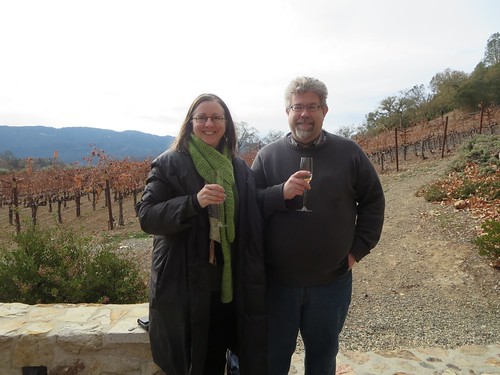
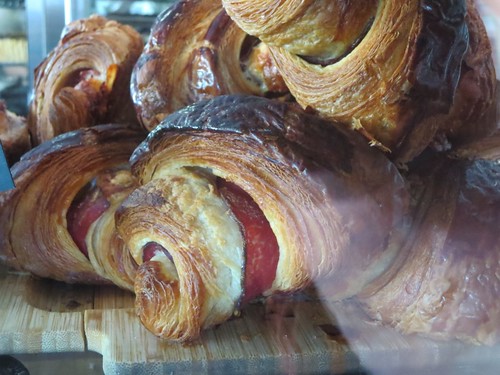

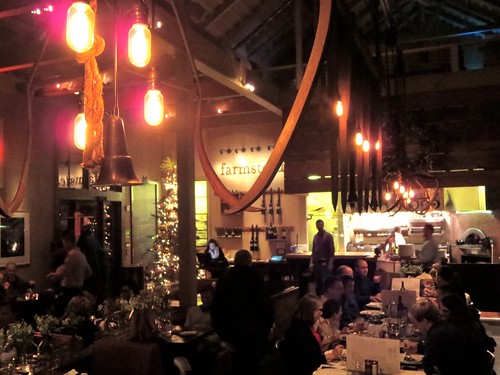
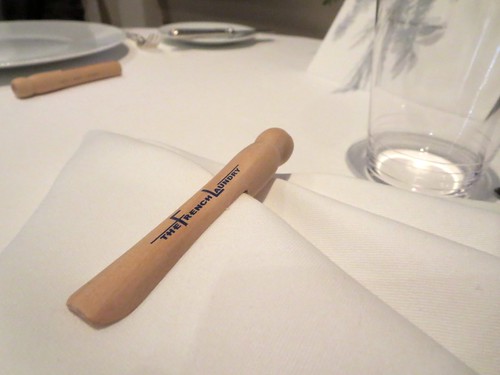
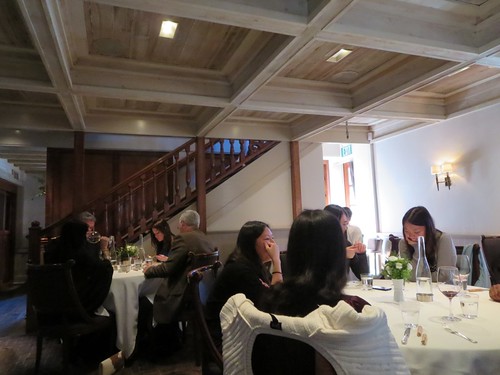
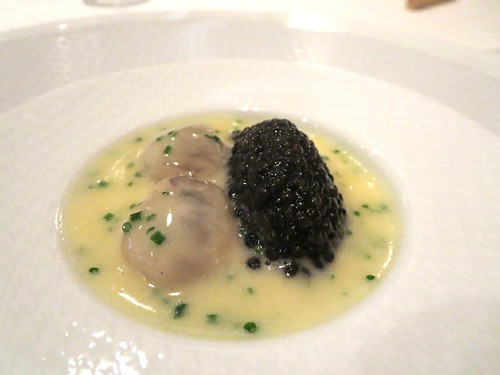
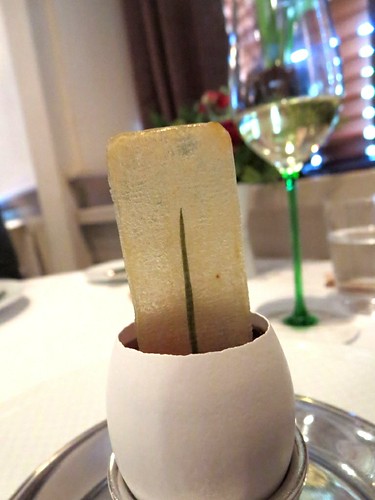
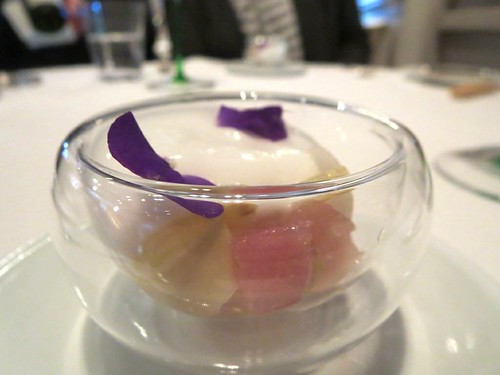
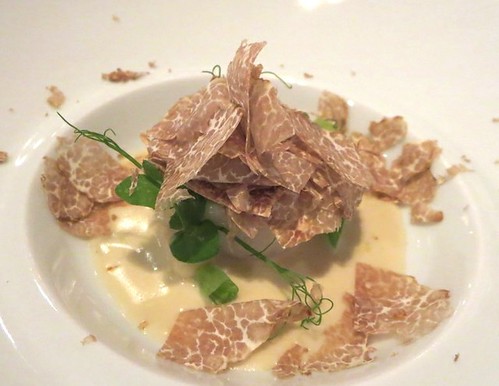
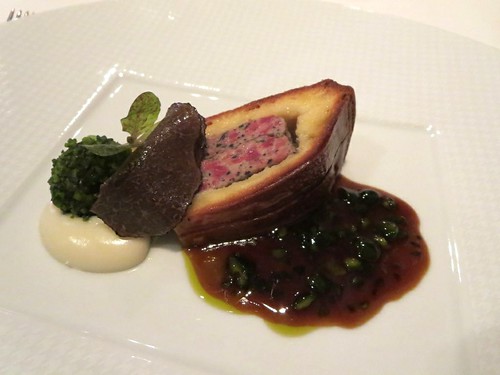
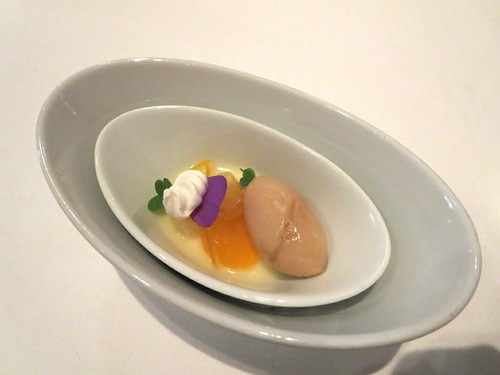
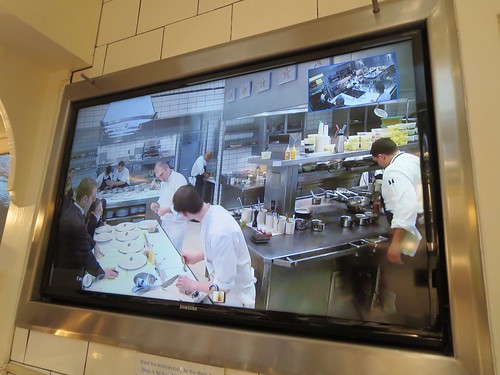

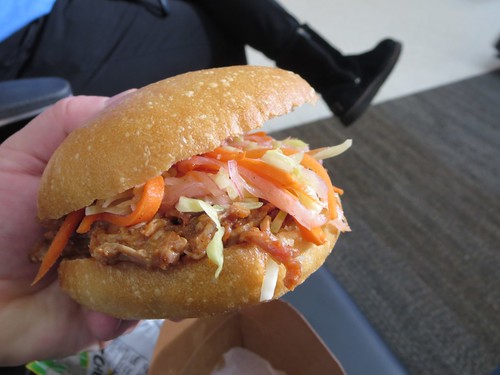

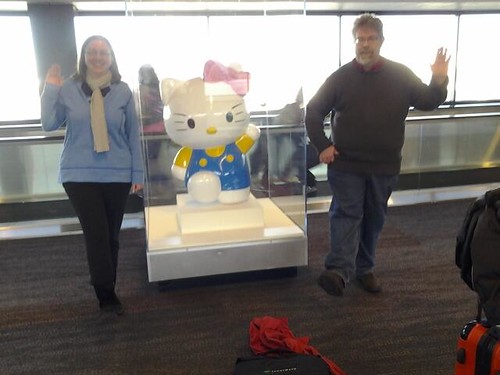
 If you like this post and would like to receive updates from this blog, please subscribe our feed.
If you like this post and would like to receive updates from this blog, please subscribe our feed.




